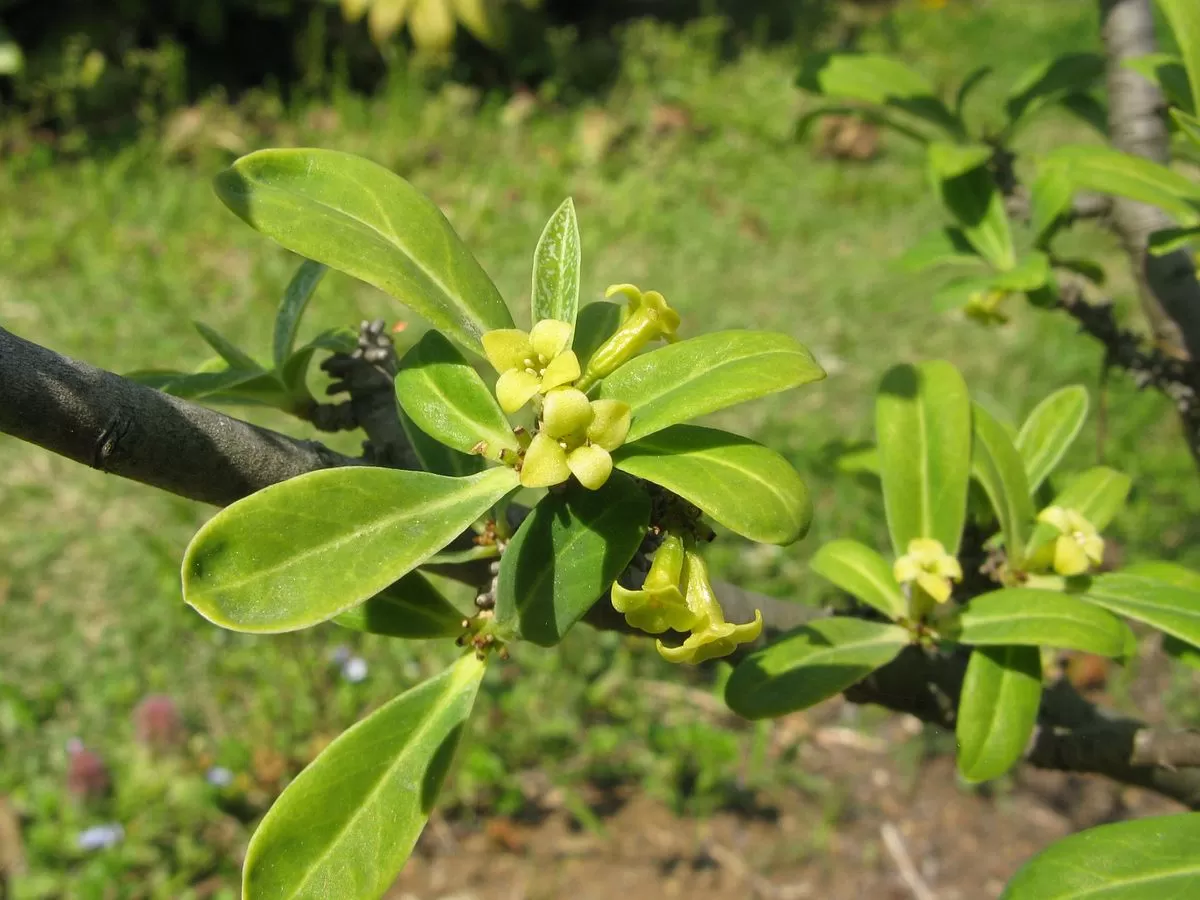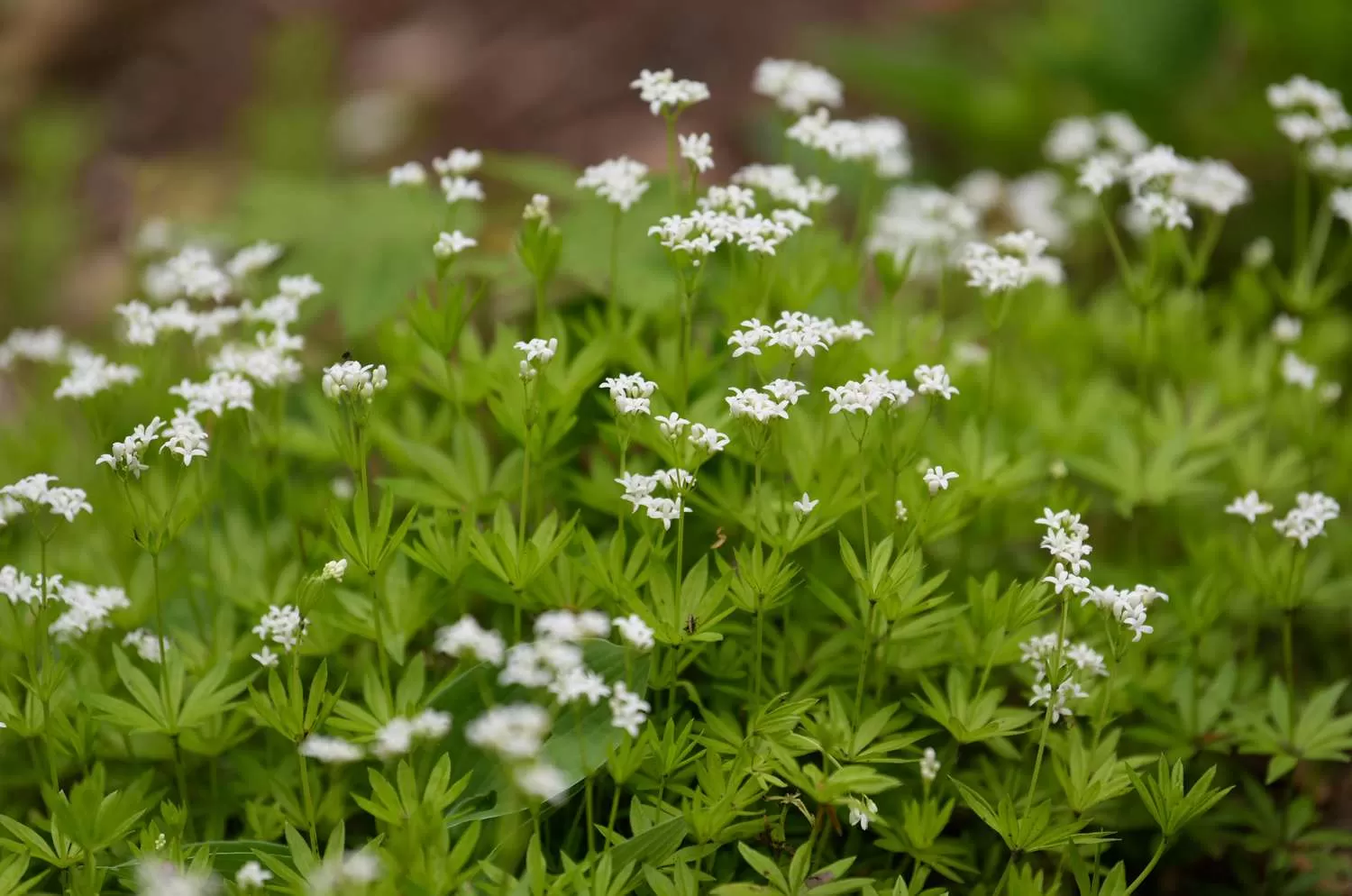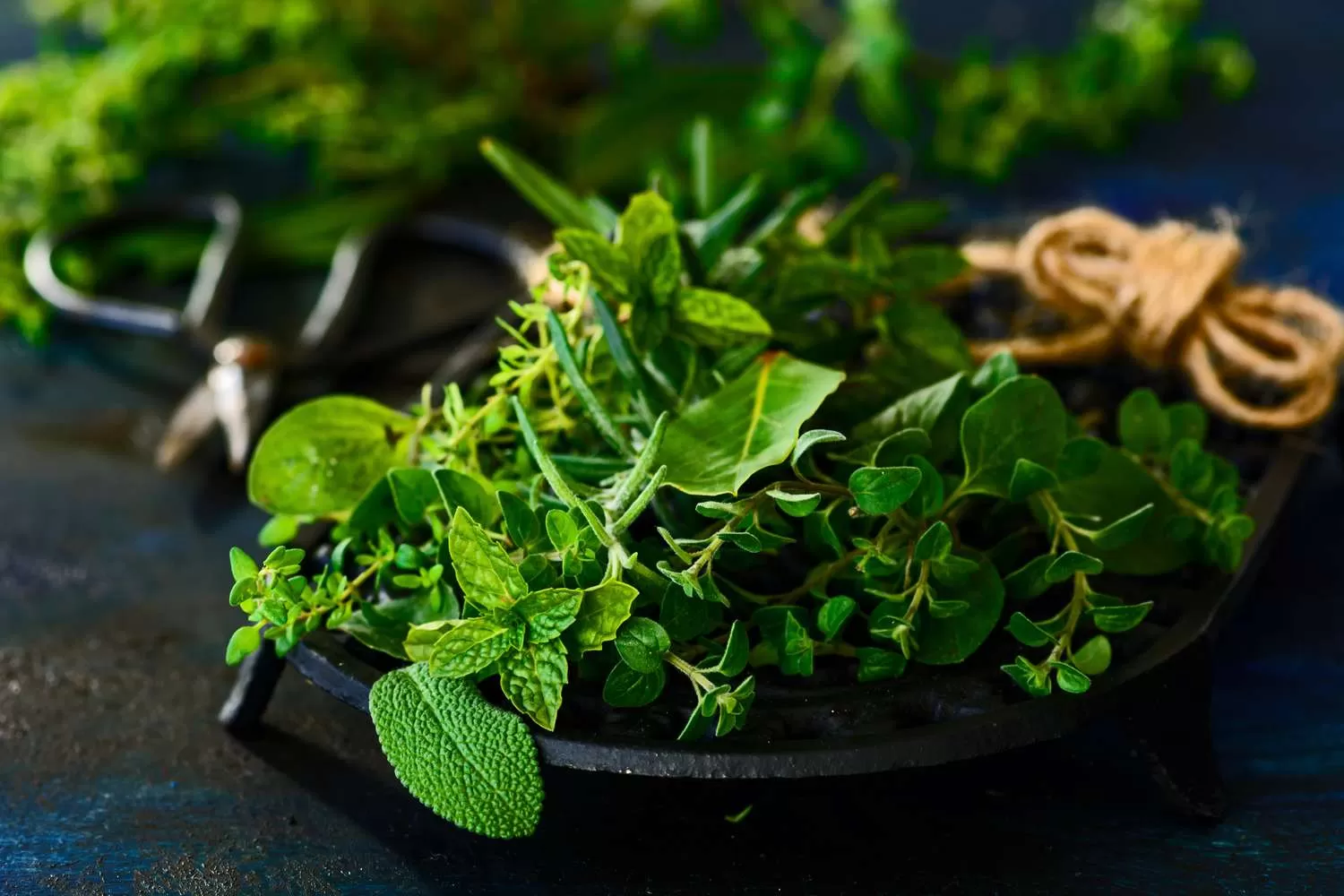- 0086-571-85302990
- sales@greenskybio.com
Harnessing Nature’s Wisdom: A New Approach to Diabetes Management
2025-04-11
Amidst a global diabetes pandemic affecting over 382 million adults, the quest for effective and sustainable treatments has gained urgency. While modern medicine offers advancements, its challenges include rising costs, strain on healthcare systems, and diminished quality of life for patients. This backdrop motivates renewed exploration of traditional remedies.
"Anti Diabetes Mellitus Plants: Active Principles, Mechanisms of Action, and Sustainable Utilization," authored by Appian Subramoniam, is a pioneering book that connects ancient botanical insights with contemporary scientific exploration. Released when diabetes remains a critical health issue worldwide, the book investigates how plants revered in traditional medicine could unlock safer diabetes therapies.
Dr. Subramoniam, an esteemed expert, delves into the scientific foundations of antidiabetic plants, explaining their mechanisms of action and advocating for sustainable usage. More than merely a scholarly text, the book challenges researchers, policymakers, and healthcare providers to capitalize on nature’s untapped pharmacy. With diabetes prevalence exceeding eight percent among adults globally, innovative solutions are imperative.
Historically, diverse traditional medicine systems globally have utilized plants for diabetes management. From Asia’s bitter melon to the Mediterranean’s fenugreek seeds, these remedies have historical significance. Dr. Subramoniam’s book scrutinizes their effectiveness by dissecting active principles and mechanisms driving their therapeutic potential.
A key revelation is the concept of polyherbal formulations—blends of multiple plants synergistically addressing diabetes, a practice known to traditional healers. However, pinpointing their scientific efficacy has often been elusive. Dr. Subramoniam argues for thorough scientific validation potentially leading to safer, potent therapies.
Despite promising prospects, antidiabetic plant research is incomplete. The book reveals that active molecules in over 30 vital plants remain unidentified, and mechanisms of more than 50 known antidiabetic plants are inadequately understood. This paucity of knowledge highlights the pressing need for intensified research efforts.
Dr. Subramoniam critiques limitations in experimental models, pointing out that most in vivo studies have centered on type 1 diabetes induced by substances like alloxan and streptozotocin, offering limited insights into type 2 diabetes, which predominates globally.
Addressing practical challenges, the book emphasizes sustainable cultivation practices. Dr. Subramoniam advocates for standardized growing conditions and elite genotypes for consistent pharmacological effects. Techniques like micropropagation are key for mass production, ensuring uniform and scalable planting materials.
Furthermore, innovative strategies such as intercropping and utilizing underproductive land for cultivation are discussed. Dr. Subramoniam underscores sustainability not just as an environmental concern, but as crucial for ensuring enduring accessibility and efficacy of plant-based therapies.
With diabetes continuing to pose a global health challenge, "Anti Diabetes Mellitus Plants" posits a hopeful blueprint for future solutions. By blending traditional medicine with scientific rigor, Dr. Subramoniam encourages revisiting our approach to diabetes treatment.
In a world increasingly dominated by synthetic drugs and technological interventions, this book is a reminder of nature’s enduring power. It calls for embracing plant-based therapies, alongside investing in research and sustainable practices to realize their potential. For those keen on exploring the nexus of science, tradition, and sustainability, "Anti Diabetes Mellitus Plants" is essential—and offers hope in combating diabetes.














